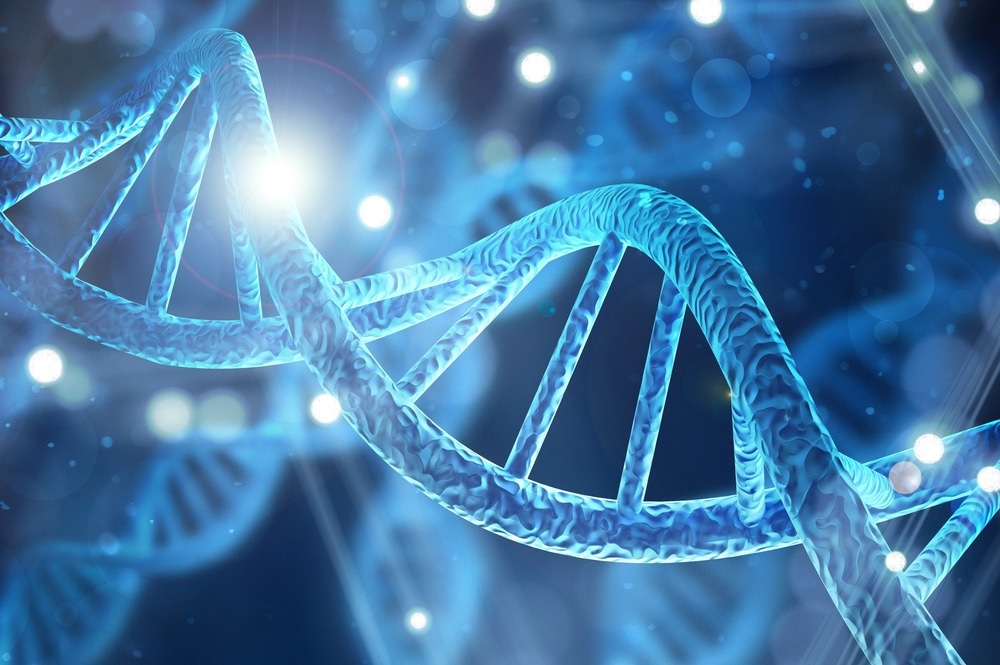Introduction
Polysaccharides
Polyamides, polyesters, and polyphosphates
Functional biomolecules
References
Bacteria can synthesize a variety of biopolymer products from basic building blocks, such as polysaccharides from sugars, protein chains from amino acids, or other organic chains like polyamides, polyesters, or polyphosphates.
In nature, the synthesis of biopolymers allows bacterial colonies to generate protective biofilms that enable sharing resources deep into the otherwise nutrient-poor center, making infection notably more persistent. However, bacterial biopolymers possess several intriguing properties with useful applications in biomedicine, and to this end, biopolymer factories featuring bacteria engineered to optimize production are increasingly utilized in the pharmaceutical industry.
Importantly, bacteria are adapted to generate biofilm under conditions specific to the strain, allowing bacteria in biopolymer factories to be manipulated into production. For example, some bacteria produce biofilms better in high-shear environments, as found within blood vessels, while others prefer stagnant conditions.

Image Credit: Lightspring/Shutterstock.com
Polysaccharides
Polysaccharides are produced by a diverse range of bacteria that either store them inside the cell or secrete them to contribute to the biofilm. Many pathogenic bacterial strains demonstrate a switch to a sessile lifestyle upon incorporation into the biofilm matrix, which protects the bacteria from phagocytotic cells during infection and promotes a chronic condition.
Polysaccharides provide a physical barrier to phagocytotic cells beyond the physical structure of the molecule itself; for example, Pseudomonas aeruginosa incorporates alginate within its biofilm, which strongly absorbs water to provide a greater physical impediment. These biopolymers have applications as biocompatible hydrogels and other types of films, which are used to enhance the bioavailability of poorly soluble drugs or for other specific drug delivery applications. Besides several commercial cosmetic applications, they may also be used as wound dressings and surgical implants.
Bacteria also incorporate chemical components of defense into the biofilm, which is why human pathogenic bacteria are of great interest in biomedical polymers. For example, Streptococcus pyogenes produce a linear negatively charged heteropolysaccharide with a similar structure to human hyaluronate, while Neisseria meningitides produces a polysaccharide containing sialic acid, both of which mask the invading bacteria from human host phagocytotic cells. Polysaccharides are difficult to manufacture synthetically with such high molecular weight, and production by bacteria is currently the only way to obtain many in reasonable quantity. Hyaluronate is already commercially available for arthritis pain management, produced by Streptococcus zooepidemicus.
Polyamides, polyesters, and polyphosphates
Polyamides also possess many potential applications as biocompatible surgical implants or wound dressings, as in nature, they are generally incorporated into the biofilm to aid in immune avoidance. Polyamides originating from bacteria are also used in place of chemically synthesized polymers as a biodegradable and renewable alternative. Polyesters similarly have applications in industry in replacing oil-based manufacturing of polymers, generally being more rigid structures.
Antibodies eBook

With regards to biomedicine, polyesters originating from bacteria have been used as biocompatible delivery platforms for drugs and functional biomolecules such as enzymes. Interestingly, engineered bacteria have been able to produce polyesters already coated with the protein of interest, unlocking almost unlimited applications in immunodiagnostics, vaccine production, protein therapy, recombinant protein manufacture, and more.
Bacteria generate polyphosphates as a form of energy storage that can be utilized by several metabolic processes within cells and may be stored internally or contribute to the biofilm to provide nutrients to neighboring cells. They interact strongly with positively charged species, including inorganic ions such as Fe2+ and K+, and thus have intriguing applications in heavy metal removal from the environment and during industrial processes. This property may be used in biomedical applications such as bone re-mineralization if incorporated into a hydrogel containing Ca2+ or as a component of nanomaterials and surgical polymers for strengthening or chelating purposes.
Polyphosphates also play diverse roles in fundamental cellular processes such as motility and gene expression, having evolved to fulfill numerous roles, and thus polyphosphates originating from specific strains of bacteria may have particular applications outside of general use.

Image Credit: Billion Photos/Shutterstock.com
Functional biomolecules
Some bacteria secrete DNA into the biofilm, where its strongly negative charge can provide stability and promote cellular adhesion, also acting as a nutrient source and fulfilling signaling functionality in some cases. DNA has been widely explored as a component of biomedicines with numerous applications, and thus mass production of a specified strand from bacterial culture is highly advantageous to research and clinical use. DNA is a useful linker for nanomaterials, providing a tunable, biocompatible, and severable tether upon which drugs or functional biomolecules can be grafted.
Further, DNA itself may be used as a therapeutic if it can be delivered into the target cell, correcting or promoting proper cell function. Similarly, proteins are biopolymers constructed of amino acid monomers in highly specific order and orientation with the aid of cellular machinery that has many applications in the clinic and biomedical research. Bacteria have been engineered to produce a wide variety of functional recombinant proteins that are regularly used in biomedical research and the clinic.
References:
- Moradali & Rehm (2020) Bacterial biopolymers: from pathogenesis to advanced materials. Nature Reviews Microbiology, 18. https://www.nature.com/articles/s41579-019-0313-3#Sec12
- Ghosh et al. (2021) Bacterial Biopolymer: Its Role in Pathogenesis to Effective Biomaterials. Polymers, 13(8). https://www.ncbi.nlm.nih.gov/pmc/articles/PMC8069653/
- Morya et al. (2021) Production and applications of polyphosphate. Biomass, biofuels, biochemicals. https://www.sciencedirect.com/science/article/pii/B9780128218884000010#:~:text=The%20application%20broadly%20varies%20from,additives%2C%20and%20enzyme%20technology
Further Reading
- All Biomedicine Content
- Insight into Reproductive Biomedicine
- What is Nephrotoxicity?
- What is Computational Biomedicine?
- Bioinspired Materials in Biomedicine
Last Updated: Feb 2, 2023

Written by
Michael Greenwood
Michael graduated from Manchester Metropolitan University with a B.Sc. in Chemistry in 2014, where he majored in organic, inorganic, physical and analytical chemistry. He is currently completing a Ph.D. on the design and production of gold nanoparticles able to act as multimodal anticancer agents, being both drug delivery platforms and radiation dose enhancers.
Source: Read Full Article